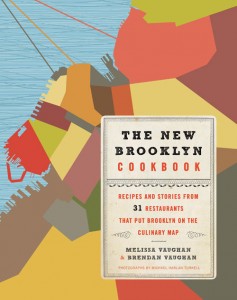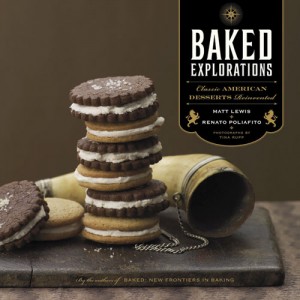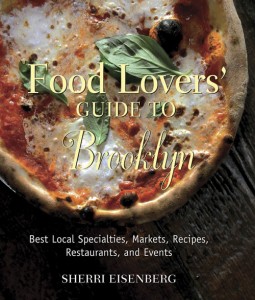Getting to Know Chris Barrett

I’ll start this article out with a little background about myself, the writer. I’m from a conservative family in the Midwest. I’ve never smoked pot or eaten edibles. Or any other drug for that matter, not even a cigarette. It’s simply never been a desire of mine. Paul English, owner of the Park Slope Reader, asked me to interview and photograph Chris Barrett, the owner of Stoned Gourmet Cannabis Pizza. Eager to delve into the world of food writing, I excitedly agreed. So, notebook and camera gear in tow, I headed from my tiny apartment on the Upper West Side to the deserted streets of Sunset Park in Brooklyn, in search of the man they call The Pizza Pusha.
I never tried the pizza. I can’t tell you whether or not the crust was crunchy or doughy, or whether or not the sauce was sweet or tangy. I can’t give you an honest critique of Chris as a chef. I’m not sure what the pizza tastes like, but I did learn that Chris has a lot of friends, friends who are chefs that own famous Brooklyn pizzerias. The sauce recipe is from one such friend, the crust recipe from another. Chris makes food that defines being American: pizza, brownies, ice-cream. I can’t tell you about the flavors and textures, or the kind of high you’ll get from the THC infused ingredients, but I can tell you about the kind of man Chris is and how he see’s the world around him.
I immediately appreciated that Chris was very responsive to my messages. Having photographed dozens of chefs and restaurants in my career, I can say that chefs are genuinely difficult to get a hold of. Half of the time I set up appointments, they get preoccupied and forget about me. Nobody really enjoys having their photos taken anyhow, as I oftentimes feel like a dentist running after my photo subjects, telling them they’re overdue for a teeth-cleaning. Much to my relief, Chris was welcoming, responsive and organized. He didn’t rush through the interview or hurry me along. I could tell he was a good guy right off the bat.
Chris grew up in Brooklyn. He lived in a small apartment with his grandparents, above a tiny deli. As a kid, he was nick-named “The Candy Man” for his reputation selling Jolly Ranchers around school. It was a simple equation, buy the Jolly Ranchers for 10cents a piece, sell the Jolly Ranchers for 25cents a piece, make a 15cents profit. “The long kind,” not the short ones that are aroundtoday, Chris reminisced, “remember those?” I think back to my childhood and recall my favorite flavor- watermelon, which I think was probably everyone’s favorite. In addition to candy, Chris and his friend discovered that they could collect soda-pop cans and get 5 cents in return. Chris recalled, “I always had 5 or 10 dollars on me.” Chris’s grandparents weren’t rich by any means; he learned early on that he would have to buy things with his own money. He was a good kid. His eyes lit up when he recalled the award he was given for 100% attendance in elementary school.
In the 9th grade, Chris decided to drop out of high school. The subjects he was learning simply weren’t interesting or useful to him, instead, he wanted to make money. A friend got him a job at a nearby Shell gasoline station. He worked full- time, from 8am-5pm, five days a week. He didn’t like sitting at home, he liked being out. He liked making money. He liked the hustle. We talked about his parents, his siblings, and his grandparents. None of them had the ambition that he had, the spark, the drive, or whatever you want to call it. I’d probably call it, the entrepreneurial spirit. Chris believes you can “learn more in four years of running your own business than four years in school.” After candy and gasoline, he moved on to cell phones. Chris is about 50 years old, so when I say cell phones, I mean the earliest days of cell phones. He was offering 2 year plans before 2 year plans existed. Needless to say, Chris was an idea man.
I had first pictured Chris tossing pizza dough in the air, wearing a big white hat, like a cartoon Italian chef. He is in fact Italian, but Chris is the opposite of that image; he’s covered in tattoos, and he’s smoking a blunt. He’s not throwing pizzas in the air either. When I asked why his apron was so clean, he told me, “I put this apron on just for you.” Instead of cooking, he’s checking the incoming orders, hiring staff, planning monthly pop-up events in New York’s trendy neighborhoods, hobnobbing with celebrities and making future building plans. When I asked about his long-term goals, Chris told me he wants to be the next McDonald’s. He hopes to open multiple restaurants in California, where cannabis is legal, by the fall of 2019. A binder of architectural renderings sits on his desk, illustrations that he created himself. “My real talent is marketing” he explained, “I hope to one day franchise.”
Chris first caught on to the idea of gourmet edibles when living in Eureka, California. He spent six months living in the “Emerald Triangle,” learning how to grow marijuana from the experts. One evening, he was invited to a dinner party with cannabis infused condiments. It wasn’t anything fancy, just simple things like chicken wings with infused barbecue sauce or burgers with infused ketchup. It was in that moment that he decided he could offer up gourmet meals to private parties back home in New York City. After his crop was finished, he sold what he had, and returned home. The quiet life in the mountains of Northern California wasn’t for him; he missed the busy city life. Through his other business, Send A Package, he began meeting celebrities who were selling their music on cassette tapes to inmates in prison. Chris began offering to cook cannabis infused meals for his celebrity friends. Clients began requesting his pizzas at every gathering, which quickly became his most popular item. He doesn’t do many private dinners any longer, but instead tries to do once monthly pop-up events and continues to sell pizzas for pick-up or delivery in New York and New Jersey.
Chris seems up on all the hot new trends. We discuss the term microdosing, which refers to small doses of hallucinogenics, psychedelic mushrooms to be exact. He tells me that mushrooms will most likely be legalized down the road, as Colorado recently passed an initiative to decriminalize mushrooms. Perhaps Chris will add psychedelic pizzas to his menu in the future. Also, he suggested that drone delivery wouldn’t be too bad either.“If I wasn’t doing this, I’d be in artificial intelligence or nano technology,” Chris tells me. Besides cooking, Chris enjoys watching Shark Tank. “I’ve always been good at picking the next thing… like they say on the show, I know right away if it’s a hero or a zero.” Talking about big plans, Chris tells me that he’s flying out to LA in a few weeks, to film a show, with Snoop Dog and the Weed Bros.
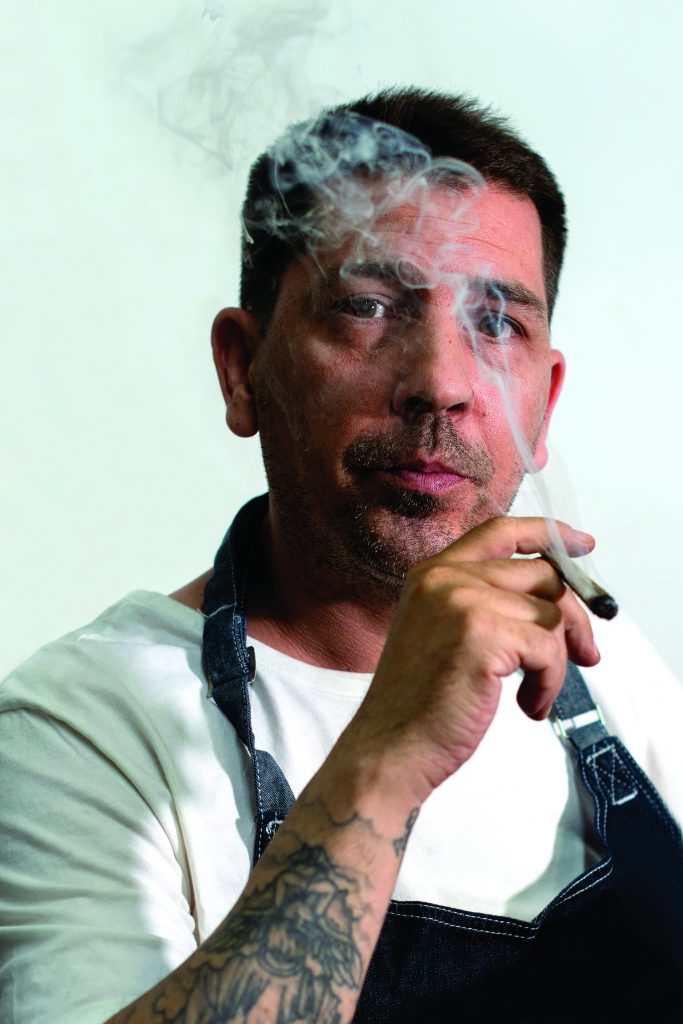
If you want to order pizza, there’s no storefront. Everything is cooked in a small commercial kitchen, but there are no windows or signs on the door. It’s not a fancy place, just the basics: ovens, cooling racks, cutting boards. I have to admit, I felt a little bit like I was on the set of American Gangster. Remember that scene where the naked women were packing the Blue Magic packets? Chris’s pizza shop was a little bit like that scene; smoke filled the air while scantily clad women labeled red sauce onto rows of rectangular crusts. Granted, it was 90 degrees out that day, the kitchen was hot with minimal air conditioning. I was sweating through my new Anthropologie outfit, regretting my clothing choice, as I dashed around the kitchen taking pictures of what looked like innocent garlic knots and pepperoni pizzas.
You can visit the website for detailed instructions on how to complete an order. If you order a pizza for pickup, someone will meet you a few blocks away, in a clandestine meeting point. Delivery options are available for minimum orders of $100- 300, depending on your proximity. Chris monitors the clients, making sure that he doesn’t sell to underage kids.“Yesterday we had to turn downtwo orders,” he commented, having suspected that the people ordering were too young. When I ask if he’s worried about getting arrested, Chris doesn’t appear concerned. Marijuana is decriminalized in New York, and the cops have higher priorities. Chris doesn’t make food that’s going to “put you on the floor.” He wants you to enjoy the food and feel full and satisfied, like a normal meal. For people like me, he recommends starting slow, not more than one piece of pizza. I decide to pass on sampling the pizza, but I must admit that I’m somewhat intrigued by the whole thing. And if I wanted to try edibles, I think I’d be in good hands with Chris’s food. Perhaps I will someday.

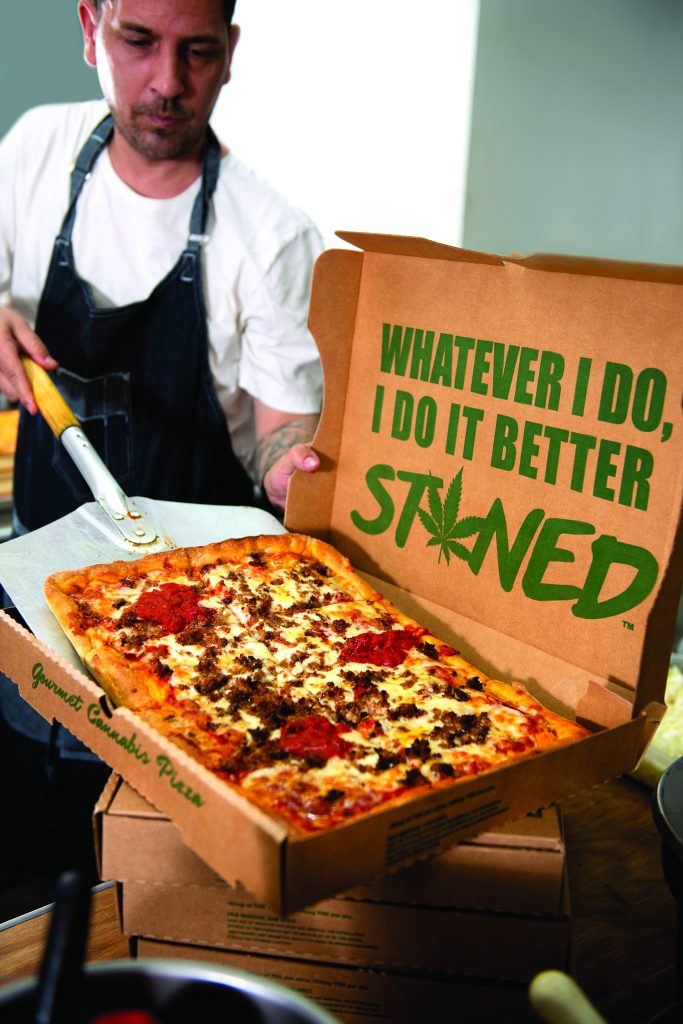
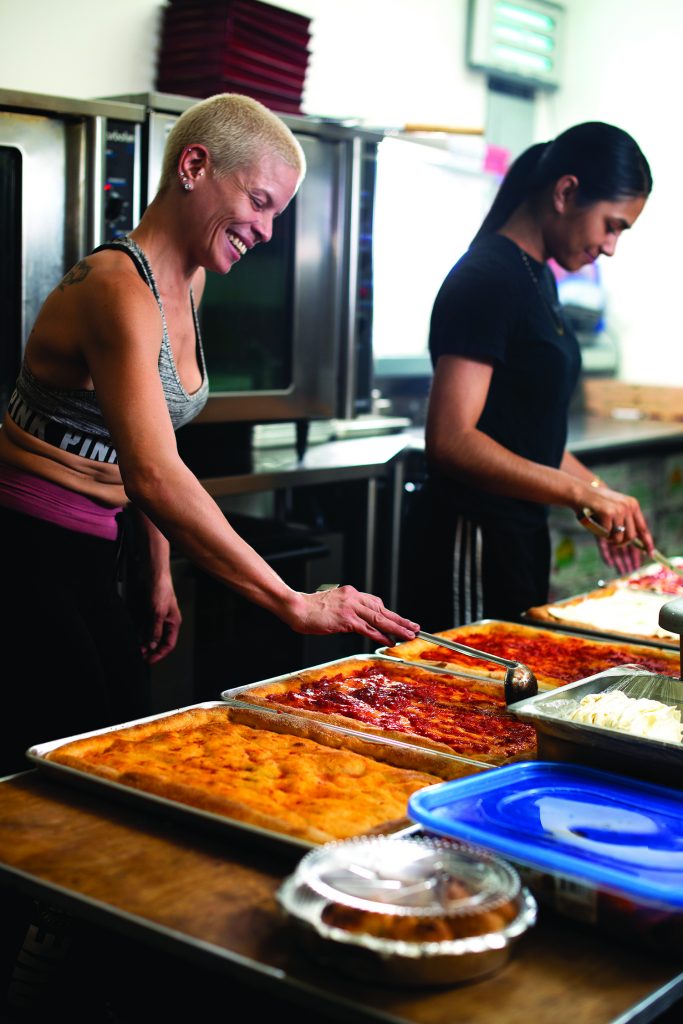

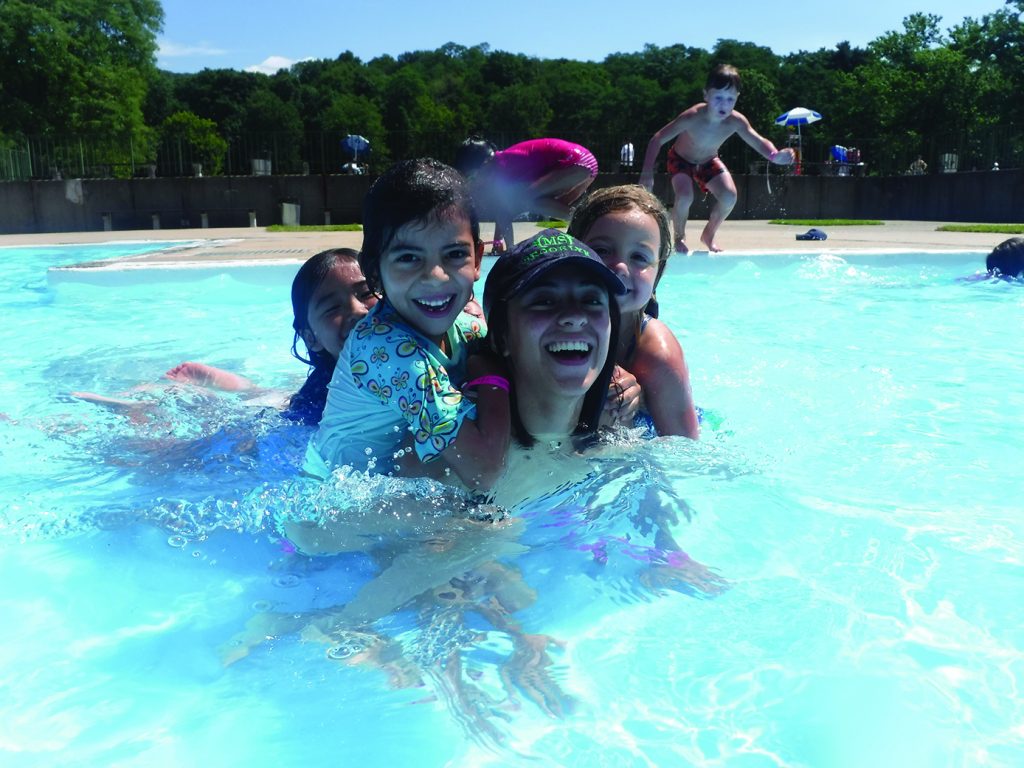

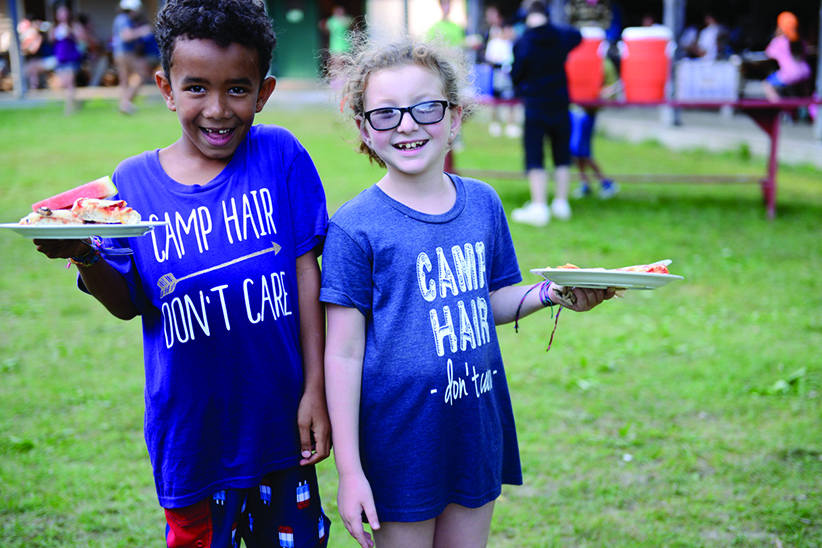
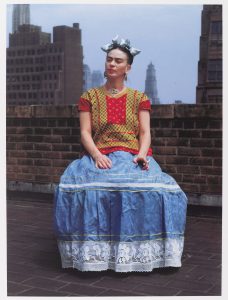
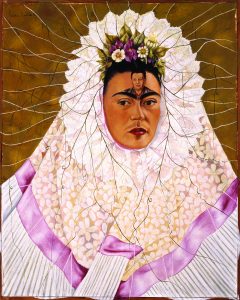
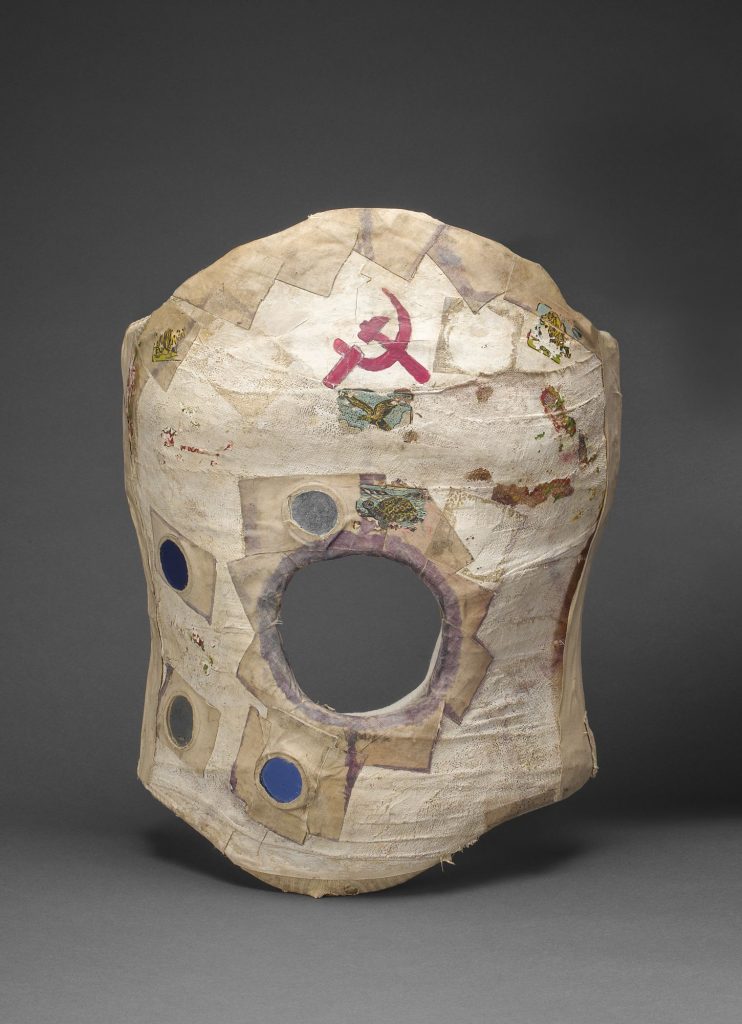
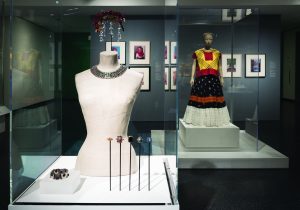
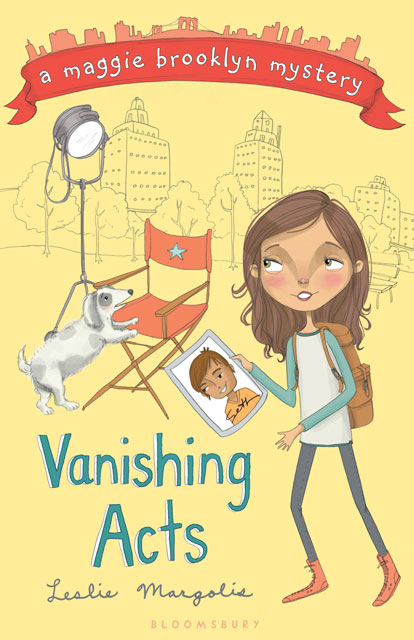 Vanishing Acts: A Maggie Brooklyn Mystery
Vanishing Acts: A Maggie Brooklyn Mystery